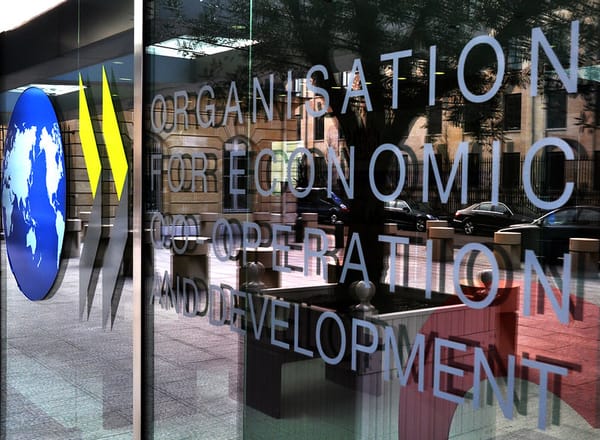
European rail network to connect to Lviv
Ukraine is planned to be added to the Trans-European TEN-T transport corridor, enabling access to the rest of Europe for trains from Lviv, west Ukraine.
The Mediterranean Corridor will be the only TEN-T line that completely links western and eastern Europe, starting from the southern coast of Spain, through Almeria, Granada and Antequera, and ending in Lviv. The corridor was initially envisioned to end in Zagreb, central Croatia.
The other eight TEN-T rail corridors spanning Europe are the Baltic–Adriatic Corridor, North Sea–Baltic Corridor, Orient/East–Med Corridor, Scandinavian–Mediterranean Corridor, Rhine–Alpine Corridor, Atlantic Corridor, North Sea–Mediterranean Corridor and Rhine–Danube Corridor.
Spanish politicians key to Lviv extension
Spanish MEPs Inmaculada Rodriguez-Pinero and Isabel Garcia Munoz initially suggested that Lviv be included in the new corridor, and found support from the European Commissioner for the coastal railway axis, Josep Vicente Boira, who said it would greatly increase possibilities for multimodal transport, and rail in particular.
Spanish Transport Minister Oscar Puente, for his part, called the agreement a “key stage” in EU development that will not only strengthen bloc-wide unity but also stimulate economic growth.
Broad-gauge system could be obstacle
Integrating Ukraine into the European network could prove problematic, however, as Ukraine uses a 1.52m broad-gauge system as opposed to the 1.435m standard gauge present in the rest of Europe. Rail journeys from Ukraine to EU countries currently require trains to time-consumingly switch the gauge at the country’s border.
Initial work on the TEN-T is expected to be finished by 2030 and expanded by 2040, with the line fully operational by 2050. It is not yet clear whether the connection with Ukraine will be completed by 2030 or 2050.
EC underlined importance of TEN-T
According to the European Commission (EC), TEN-T is “a key instrument for the development of coherent, efficient, multimodal, and high-quality transport infrastructure across the EU”, comprising “railways, inland waterways, short sea shipping routes and roads linking urban nodes, maritime and inland ports, airports and terminals”.
The EC adds that TEN-T “fosters the efficient transportation of people and goods, ensures access to jobs and services, and enables trade and economic growth (and) strengthens the EU’s economic, social and territorial cohesion and creates seamless transport systems across borders, without physical gaps, bottlenecks or missing links.”





